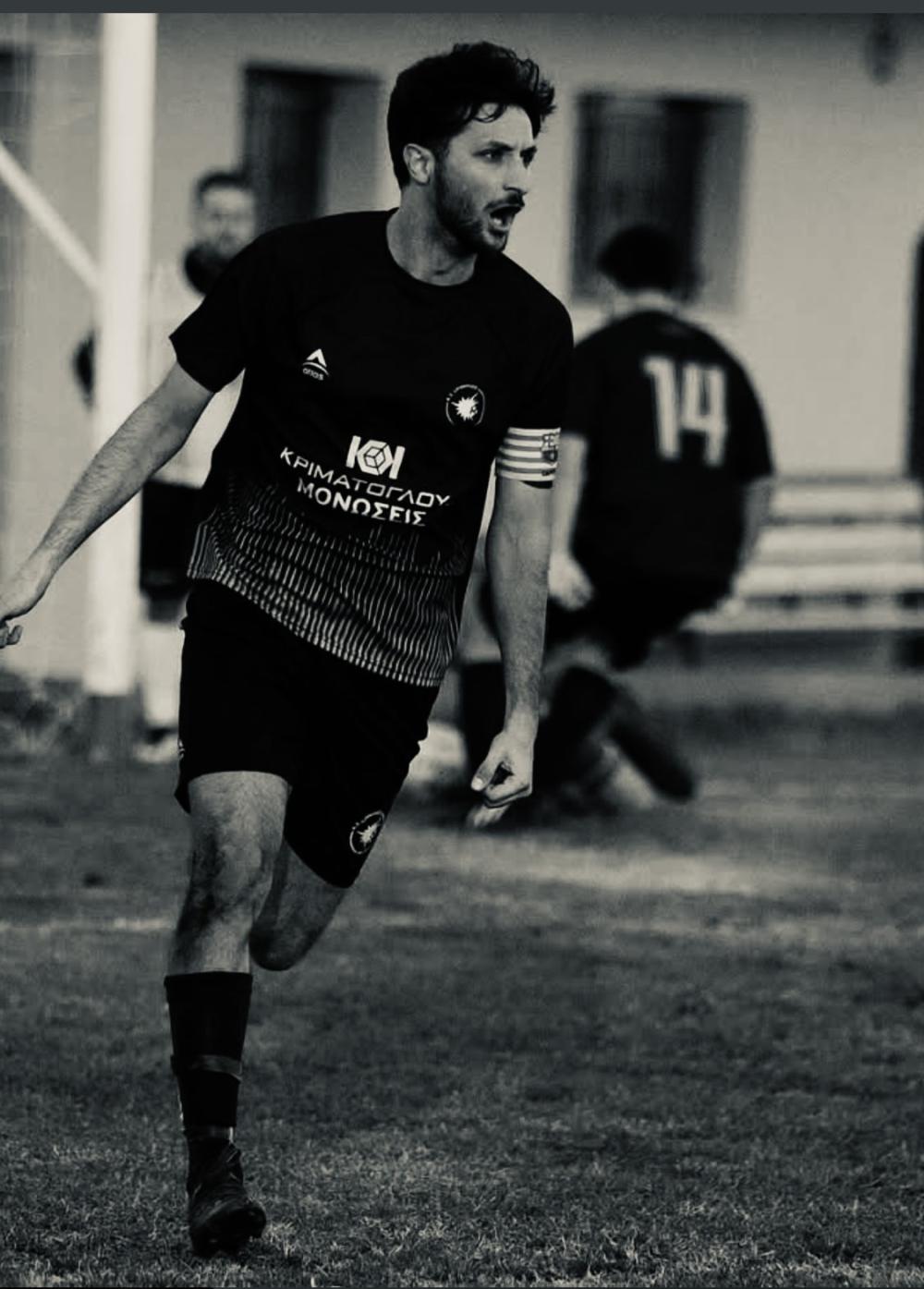How ready is our body to participate in the sports we love?
How ready is our body to take part in the games and sports we love?
Play, competition, and physical exercise are essential parts of human nature. But behind the innocence of play, there are demands that our body may not always be prepared for. A personal journey through sports made me understand this more deeply.
Athlopaidia: a game or sport aimed at physical exercise, fair play, and recreation.
While studying at TEFAA (Department of Physical Education and Sport Science) and exploring all kinds of sports, I was so fascinated by their technique and tactics that I imagined every sports club offering, beyond its competitive sections, adult programs focused not on achievement but on self-improvement and physical strengthening.
In these programs, people would have the chance to go through the full process of learning the technique of each sport.
During my childhood and teenage years, my only athletic experience was swimming. I attended a sports school where physical education classes were dedicated exclusively to swimming.
Later, when I discovered volleyball, basketball, and handball, I wondered how wonderful it would be if these team sports could also function as hobbies for adults.
Team sports offer an intense sense of fun while providing excellent physical exercise.
My nephews are lucky: despite their busy schedules, they still find time to play football.
They grew up on the field and continue to dedicate their weekends to playing with their team.
But are they doing it right?
These sports come with high demands: to cope with the unpredictable events of a game — a sudden turn, an extended leg to reach the ball — your body must be prepared.
Are the muscles flexible enough?
Are they strong enough to protect the joints?
Often, the answer is no. And that’s why injuries are so common.
As children, we have enough time and capacity for recovery.
But what happens when you are an adult and not a professional athlete?
How easily could an injury take you not only away from the sport you love but also from your work and daily responsibilities?
Unfortunately, from a certain age onward, an injury tends to “marry” you — it stays with you and never really lets go.
How wonderful it would be to continue doing what we love, but with the necessary care!
Abs, lower back muscles, quadriceps, hamstrings, chest, back, shoulders — these are the key muscle groups that must be strong enough to support both our daily activities and a friendly game of football.
I remember a client I was working with on quadriceps rehabilitation after ACL surgery.
He had injured himself playing a 5x5 football match.
I asked him, “Didn’t you warm up?”
His answer was both hilarious and sad:
“In these games, the warm-up is the coffee and the recovery is the beer.”
Funny — but also tragic.
The joy of participating, the laughter of playing, the passion of the game — all these are meant to be experienced with care and respect for our body.
By building a strong foundation through proper preparation and training, we give ourselves the gift of enjoying the game for many years to come — free from unnecessary risks and injuries.


